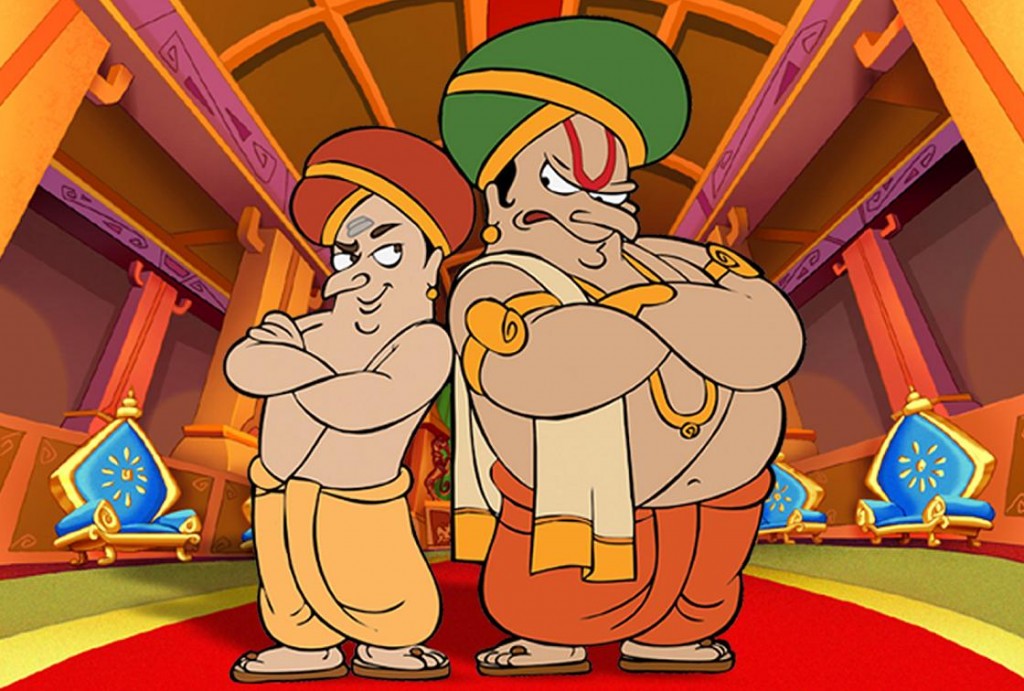The Indian AVCG industry has forever wanted the answer to an intriguing question of what is required to create a successful intellectual property (IP).
The answer is simple: There is no magic recipe for a winning portfolio but hopefuls nation-wide can clear their minds, take heart and rest easy if they just commit to the long-term cultivation of what’s inside their heart.
So, dear industry hopefuls, start living like you already have a successful IP (excepting the financial aspects, perhaps) because nobody that truly loves the craft or career is thinking about his bank balance…
AnimationXpress.com reached out to the who’s who of the Indian AVCG industry to take some valuable lessons from their past and present experiences, which could help newbies in using a better approach when venturing into creation of their IPs.
Excerpts:-
Ram Mohan (Father of Indian Animation Industry)
There is no one such thing that can be the secret to becoming or creating a successful IP, because the tastes and sensibilities are very different for everyone. That said, on a personal level I believe it is essential to tap into the culture and heritage of our very rich history and also re-tell or re-narrate famous folklores that can connect with the audience.
He cited the example of Krish, Trish and Baltiboy which he had created along with Graphiti and how that kernel of an idea developed into a 60 minute feature and also got premiered on Cartoon Network. The 2D animation film is about Krish a monkey, Trish a cat and Baltiboy a donkey, who take you on an exotic journey to the land of Indian Folk tales and folk music. These endearing characters make you travel to Rajasthan, Kerala and Punjab.
In Krish, Trish and Baltiboy, you get to move from the deserts of Rajasthan to the back waters of Kerala and finally through the wheat fields of Punjab in this film. These are the kind of stories and characters we need to talk about in our country.
I am a firm believer of the fact that you should make the story that excites you and not your audience because you don’t know your audience’s likes and dislikes. By that I mean it could be a five year old boy or a 32 year old mother or even a 65 year old grandfather, one can never tell.
So to conclude, my advice to young creators is to believe in your stories and characters always, and you never know the next Walt Disney could very well be from this country.
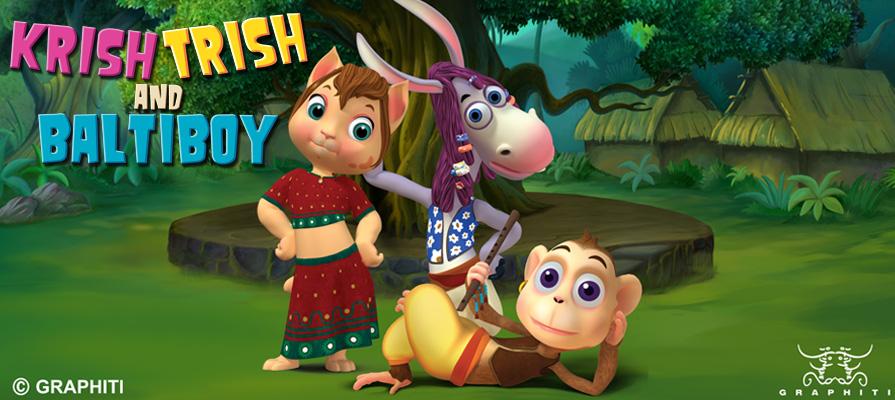
Vaibhav Kumaresh (Founder and Director, Vaibhav Studios)
For me it (the IP) needs to be an idea that excites you like crazy! It could be a story you have been desperate to tell or a character/artwork/music piece you’ve wanted to bring to life. The inspiration could come from anywhere but there has to be a strong urge in you to ‘tell’ it. That way it will have ‘your’ identity and that is what makes it unique!
YOU are the target audience! If you like it, keep it; if you don’t, then reject it. Trying to think what others may like is the most boring exercise. Following that approach is most likely to dumb down or dilute the potential of your IP.
Knowing who you are speaking to is however extremely critical as well. For example the riddles you ask your children would be different from the jokes you share with your colleagues at work. Understanding your audience will definitely give you clues on ‘how’ to tell your story.
So, be aware of the channels available to reach your audience. If your IP is a comic, then know the mediums that exist to reach them. If your IP is a film then learn about the options available for its distribution, broadcasters etc.
I have followed what I have mentioned above in all my creations. When we created Simpoo in ’99 I just dug out my school time stories and characters. I narrated the stories with the kind of humour I enjoy and today Simpoo is probably the only animated Indian character to have such a large adult fan following. However, with Chulbuli (for Clinic Plus) the ‘telling’ was sweeter and simpler. Chulbuli is a huge hit with little children and because of that even their parents shed tears of joy!
In most cases the idea/story/the property itself tells you who it is meant for and how it should be moulded. Beyond that you need to follow your gut feel and thoroughly enjoy yourself!
I personally enjoy cooking up stories for the Indian audiences. I think I know them well. Most important – I am one of them! So if I am not proud of what I have created I would not share it with my audience. The connection that our films and characters have made with the Indian audiences in the past is extremely encouraging for us. Return of the Jungle our maiden tele-feature series is purely based on that gut feel and inshallah we’ll win their hearts again! The first feature of the series will premiere at Anifest India 2016!
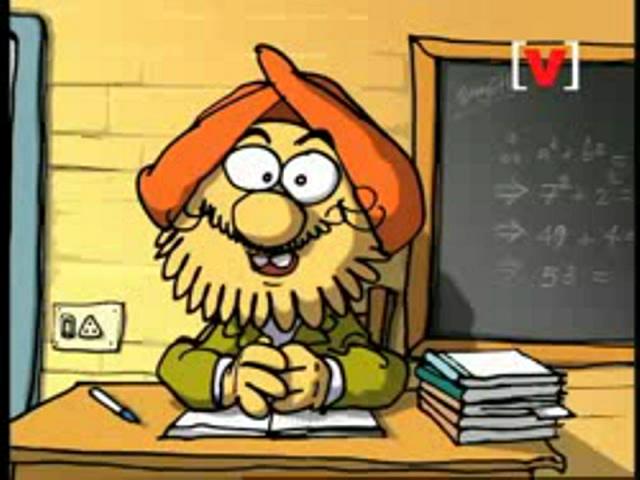
Rajani Thindiath (Editor, Tinkle)
With regards to creating new IPs or new characters, we have had several factors that come into play. Foremost is the cauldron of impressions we form from the suggestions and requests (and sometimes, even outright demands!) from our readers.
The cauldron brews up an idea that just clicks because you know that it will connect to your reader base. An example in Tinkle is Word Play, a wonky vocabulary builder of a game that was born from readers’ impressions of Tinkle as a great learning medium.
At other times, there are ideas that come before their time but which are recalled when you have reached the space when you know your readers are receptive and eager for that kind of content. Two examples are ‘Billy’ from Dental Diaries and ‘Aisha’ from SuperWeirdos.
A lot of children relish the feeling of getting scared and we have had many of them demanding horror stories. However, serious horror along with violence and gore has no place in Tinkle. But the genre is wildly interesting in the realm of pure fantasy and especially when treated with dollops of humour (which is Tinkle’s calling card) it makes for a series that has readers asking for more. So there you have a vampire who is fangless and lily-livered and yet has adoring readers imploring us to have mercy on the ‘poor’ vampire and give him his fangs back; and this, despite the fact that ‘Billy’ makes no bones about how he wants to use those fangs. It is of course another matter that he is too chicken for a vampire, something our readers totally enjoy about him.
Then we have superheroes, a genre that children love, except at Tinkle, we wanted to do things differently. So we introduced SuperWeirdos a series about a set of quirky people who desperately wanted a ‘real’ superpower, except they were stuck with weird superpowers that they often found absurd, and often useless. This was another series that just clicked with our readers because the weirdness made them laugh as much as it had them wanting to be Aisha, the lead character! The SuperWeirdos made it okay to be the oddball because when you look around today, everything quirky is fun.
Moving away from Tinkle, a very obvious example is the X-Men series. This was a series that began as a regular superhero franchise but which eventually evolved into a ‘them vs us’ trope. And what is more relevant in today’s age? It addresses concerns which are current now – intolerance for the ‘other’, alienation because of perceived differences and violent reactions from both sides because the ‘different’ somehow threatens our view of what is ‘normal’ and ‘familiar’.
No matter how many brilliant ideas we come up with, they hold no value as an IP that would last or even make an impact, unless they can resonate with or even form a connect with our audiences. Thus, as idea generators we have our ears firmly tuned to the whispers or shouts that our readers send our way, in any way.
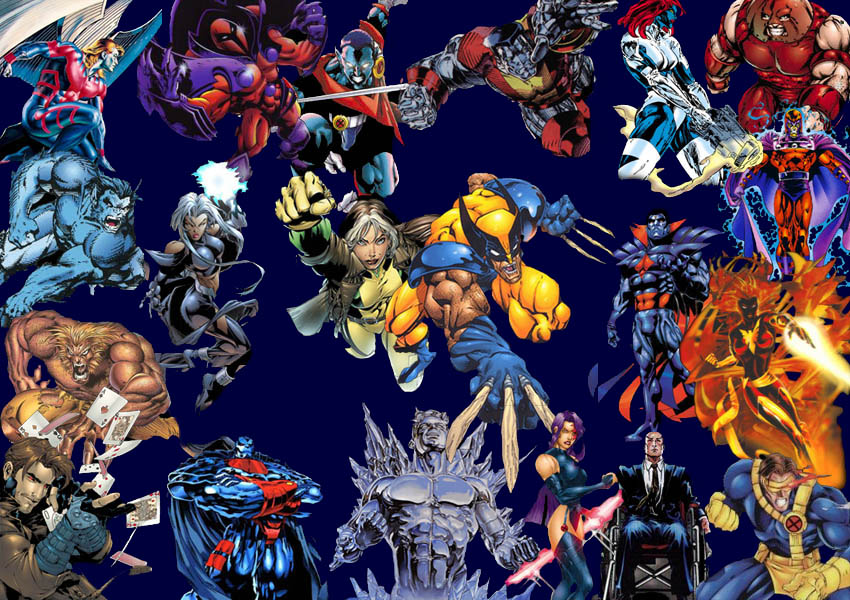
Aditya Shastri (Film Producer)
I strongly believe that animation is the most potent medium to communicate emotions and it is a proven and trusted medium as well. It has progressed from strength to strength and what started out as crude figurines on the big screen slowly transformed into beautiful characters and stories that have sustained the test of time to take space in the hearts of millions.
The idea of creating successful IPs kicked-off with the change in the way stories were told from the late 1980s; creators and producers understood that what the audiences really wanted were characters that they could relate to and empathise with and they began creating characters and stories that could achieve that.
A perfect example of this is Walt Disney’s The Lion King; the movie handled relations very maturely and it was enjoyed by not only children but even young adults and parents. The biggest hurdle animation films face is convincing the people with the wallet (parents) to come out of their homes and spend to watch something that they are not really tuned to consume. In India the perception has been that animation films are only to be seen on television sets and even if they are released in theatres, only those films work which have some kind of a touch and feel factor associated with the characters, be it through soft toys or free merchandise with food.
The recently released Chaar Sahibzaade has helped in bringing back hope into Indian animation (at least as long as it lasts). The film was a risk right from the word ‘go’; but the makers had the confidence in their story and that was what made the difference. They left no stone unturned to spread awareness about the movie in not just Indian but also international markets.
In totality, animation will continue to enjoy universal appeal as long as the IP creators and film producers keep a check on the storyline and always respect the fact that the audience always relates to characters and stories which have a strong empathising factor.
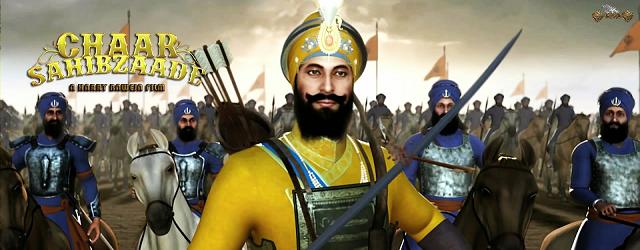
Dhimant Vyas (Senior Animation Consultant, Tata Interactive Services)
There is no real secret to create a successful IP, but that being said the best thing to do before creating or thinking of a new idea for an IP is to look around the local surroundings and take inspiration.
Indian makers have overdone the mythology stories and that has also driven away audiences from accepting any new IP that has even the minutest relation with any mythological stories. There are a lot more stories that are yet to be told from our vast and rich cultural heritage.
There are some great studios like DQ Entertainment, Toonz Animation and Vaibhav Studios that have done some promising work in the field of animation, but there is certainly scope for creating a lot more original content domestically.
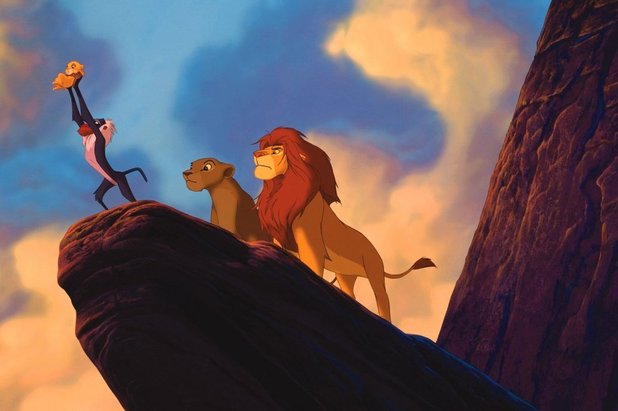
Abhijeet Kini (Founder, Abhijeet Kini Merch)
For me, if I wish to create a successful IP, the target group is the most important factor. Even when I created Angry Maushi, I always knew that I wanted the character to resonate with the local people from Mumbai and Maharashtra. The geography of your audience is a decisive factor for the success of an IP as well. It is essential to not propagate something that won’t go down well with the local audience. It’s not about playing safe but it’s about playing smart.
I believe Disney understands well how to tap into the pulse of the audience with its characters. They exactly know their target audience, and all their stories have some memorable characters that have brilliant recall value. And by taking the experience outside the screen with theme parks and merchandise they cover the whole 360 degree experience for the audience.
Thus, I would say the secret for creating a successful IP is to think global while being local and give your audience the option of taking their favourite character home along with them even after they have seen or read your property.
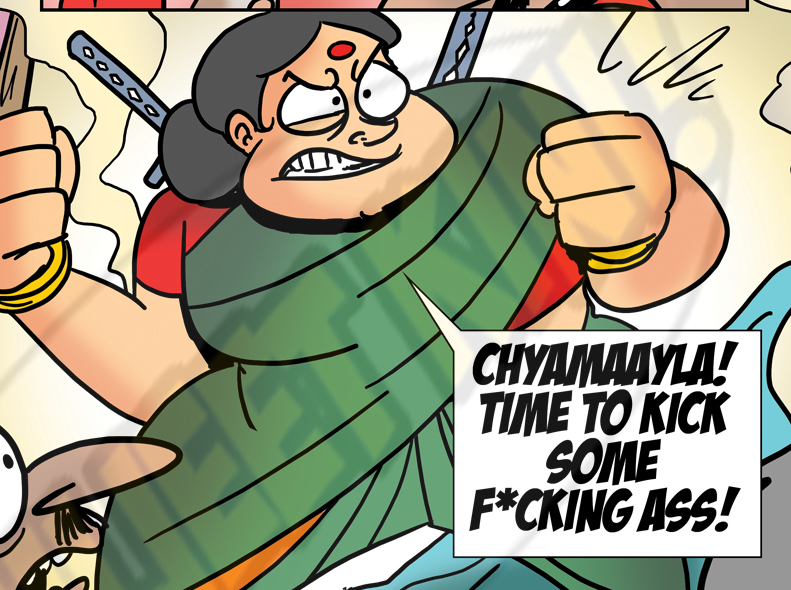
Anish Patel (Founder, HopMotion Animation)
Personally I give utmost importance to the character sketch/design as it forms the foundation for the entire story. I know the mythology card has been played to death and there needs to be something radically different to grab the attention of the audience.
The West has really managed to capitalise on building brilliant characters, with which people associate and also remember more distinctly even if they can’t remember the storyline. Some of these characters are: Woody and Buzz Lightyear from the Toy Story franchise or Timon and Pumbaa from The Lion King franchise.
What one needs to also seriously consider is looking at popular characters from the live action end of things, like Bollywood. There are plenty of unique characters that deserve a story of their own and animation is a brilliant medium through which they can be told.
Thus, I would say no idea is big or small; all it takes to create a successful IP is good presence of mind and also oodles of confidence on your character and story.

Rajiv Chilaka (Founder, Green Gold Animation)
It’s essential to be unique; since there is substantial amount of content already existent in the market. The content that you are bringing to the table has to be distinguished and at the same time cater to the ever evolving needs of the audience.
There are various factors that also need to be evaluated to sustain in this market: The characters need to be relatable, the style of storytelling needs to be engaging, the quality of animation must not be sub-standard, and these are just bare essentials for surviving in this cut throat industry.
When we were in the process of creating Chhota Bheem, our biggest challenge was to position it differently than other characters from the past. Also since parents are responsible for the viewing habits of their children, we wanted to keep away from showing too much violence that could influence young impressionable minds and these minor things have gone a long way in establishing Chhota Bheem as one of the biggest IPs to come out of India.
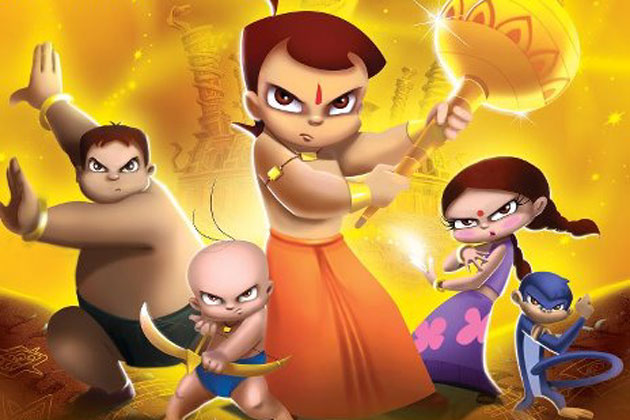
P Jayakumar (CEO, Toonz Animation)
15 years ago when animation was an alien concept in India and studios focused on outsourced work. Toonz came up with Tenali Raman which was conceptualised and produced completely within our studio and the first ever 2D animated series in the country. At the time, there were many international role models and characters, but Toonz believed in the essence of India. Soon, we realised that we were way ahead of our times and the audience was not ready for it and didn’t make much sense commercially. But Tenali Raman proved to be timeless due to the interest it attracts even today due to its originality and remains our flagship property.
Now the Indian Animation Industry has come of age and we see a flurry of IPs, exclusively created and developed by the Indian Studios for Indian broadcasters. Through our long experience in the industry, we have seen all the changes that have happened over the years. We gradually learned about the market over time, its demands, requirements, and most importantly, our audience – the kids. With the combination of our experience and creativity, we came up with stories and ideas that are unique in every respect which eventually made us the largest content provider in the country.
An IP is to be developed with both creative and business criteria in mind. Since, our business calls for a ‘Business to Business’ approach, our customers are primarily, broadcasters. In this situation, it is ideal that we also understand their needs, vacant slots and most importantly, their brand values. Each broadcaster calls for their own set of parameters, based on their audience research. Hence, in some ways, we customise our IP for each broadcaster.
Hence, our IP creation revolves around these market aspects from both a creative and business criteria.
That being said, our perpetual effort is to put Toonz signature in each of our IPs. Since we believe in ‘Entertaining the World’, we accept ideas from anyone or anywhere within the studio or outside. We believe that generating stories is anybody’s forte and passion, and hence, anybody can come up with a story concept. Once the story is brought to our attention, we have a panel which does the selection of the most unique concepts keeping in mind, the market and broadcaster viability, which often keeps changing, and also, the ability to build that concept as an animation masterpiece.
One of the ideal examples of a property that became popular is Chhota Bheem. Currently, Chhota Bheem is a household name in India. The main reason behind its success is the fact that it came at the right time with the right ingredient to success, as mentioned earlier. It is also noteworthy to say that it came when there were no Indian superheroes. Chhota Bheem is a classical example of how an IP can be popularised and monetised through its L & M possibilities.
After Toonz became the pioneers in the Indian IP Market and also the largest content provider, Toonz has started venturing into the international market by sourcing ideas from across the globe and also by re-positioning our own concepts that can travel across the world. The IP business model is the express way to success and value creation and holds the key to the future.
